Coral reefs worldwide and status: Improving or worsening?
Coral reefs worldwide are underwater ecosystems that house incredibly diverse marine life. Some of the most recognized coral reefs in the world include:
Great Barrier Reef
Australia: This huge coral reef structure off the coast of Australia is the world’s largest coral reef and a UNESCO World Heritage Site.

Great Barrier Reef in Australia
Raja Ampat, Indonesia:
Raja Ampat is known for its extraordinary biodiversity and is said to have the highest number of coral species in the world.
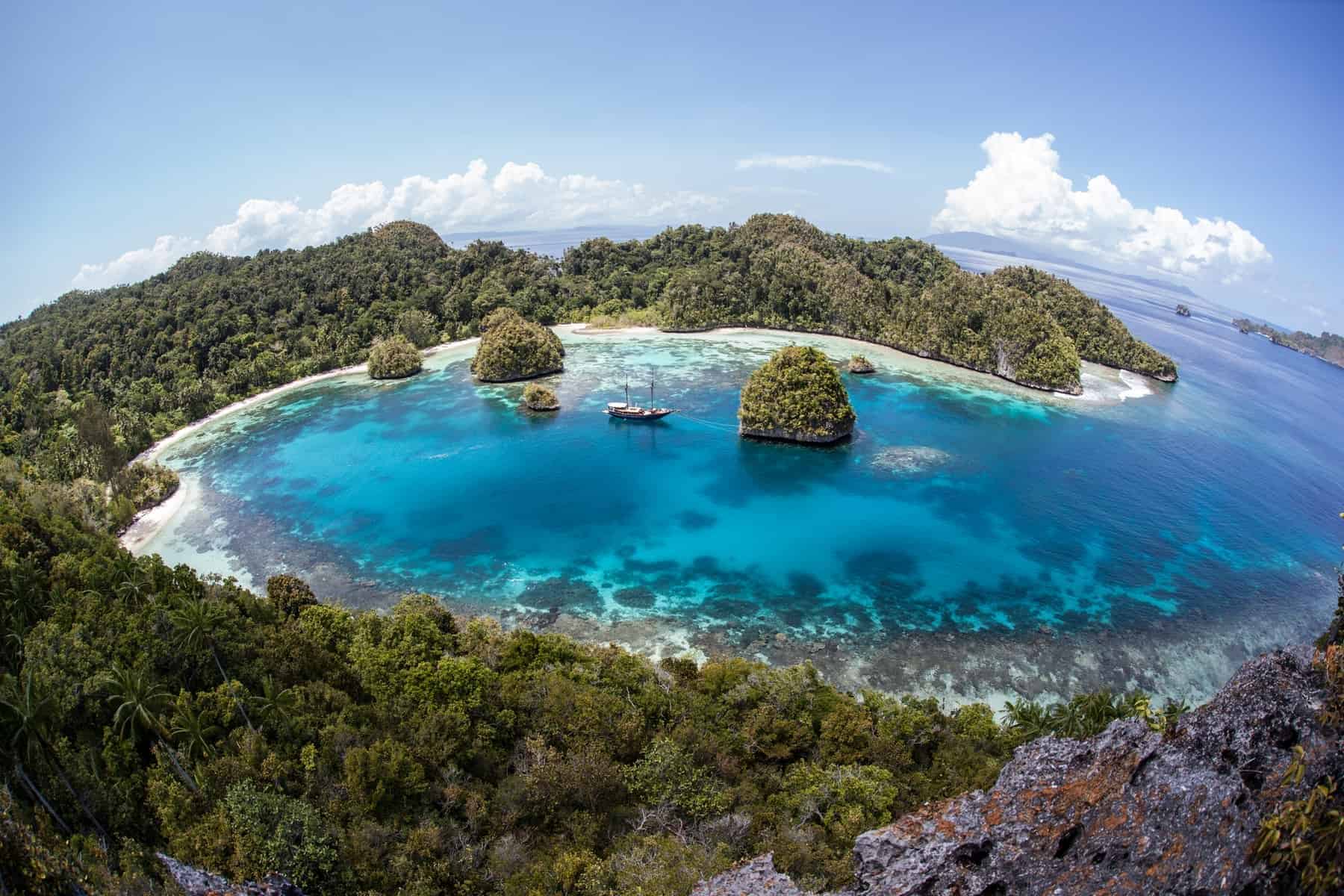
Raja Ampat, Indonesia, surrounded by limestone islands
Palau Coral Reef, Palau:
Palau is famous for its unique coral formations and fantastic diving opportunities.
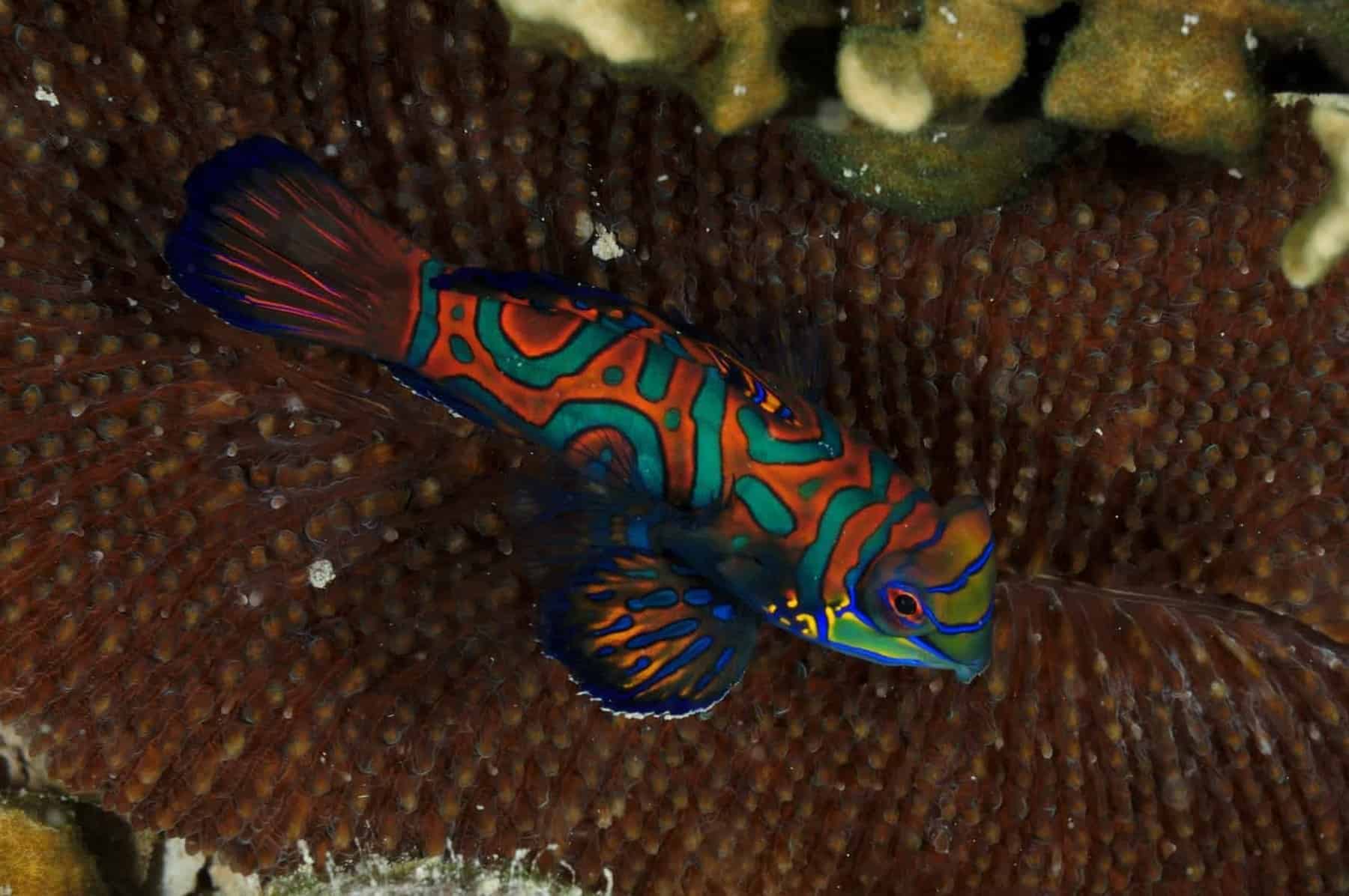
Palau-Mandarin-fish
Tubbataha Reef, Philippines:
A UNESCO World Heritage Site offering unspoiled beauty and real underwater life.
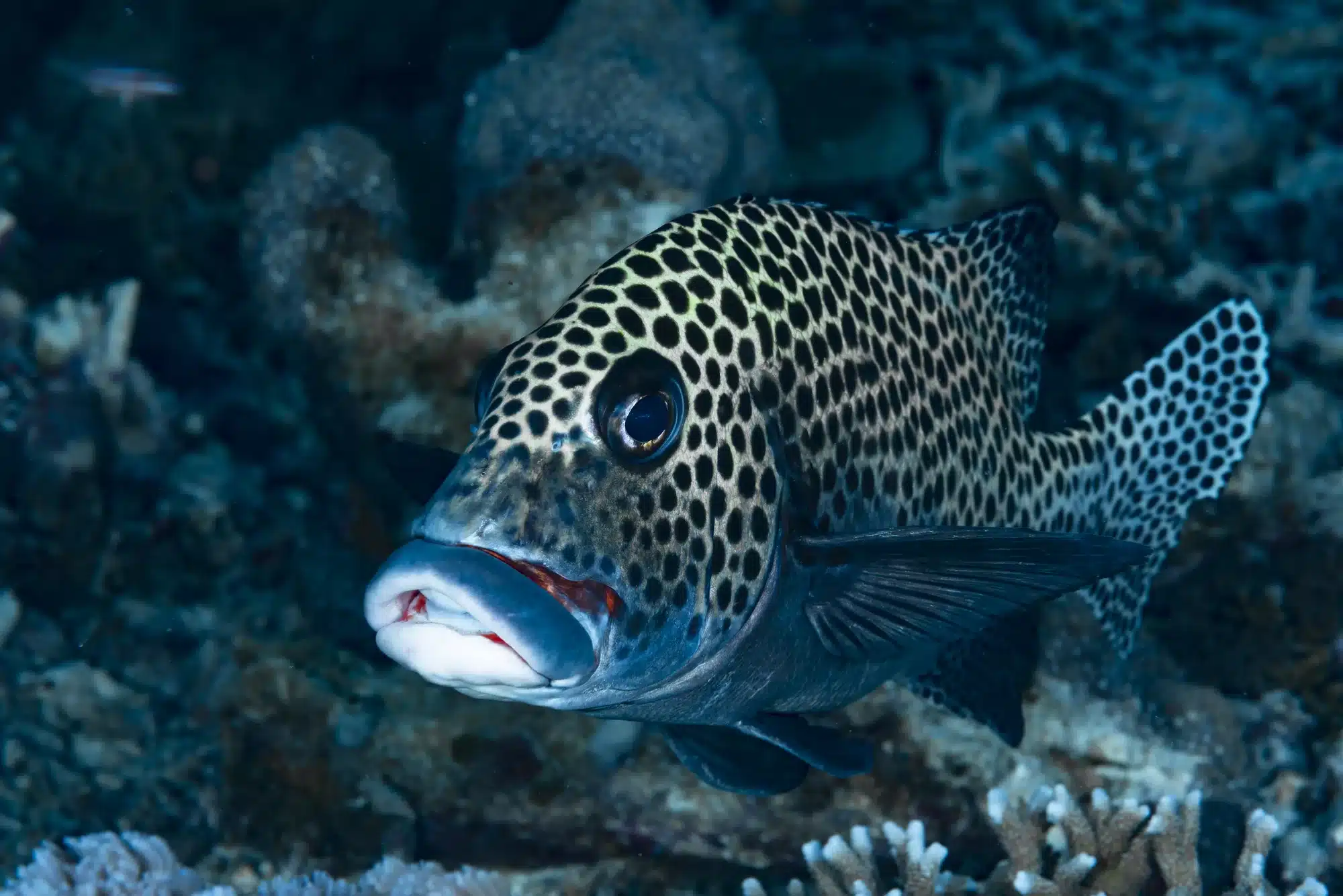
Many-Spotted Sweetlips Plectorhinchus Chaetodonoides, Tubbataha
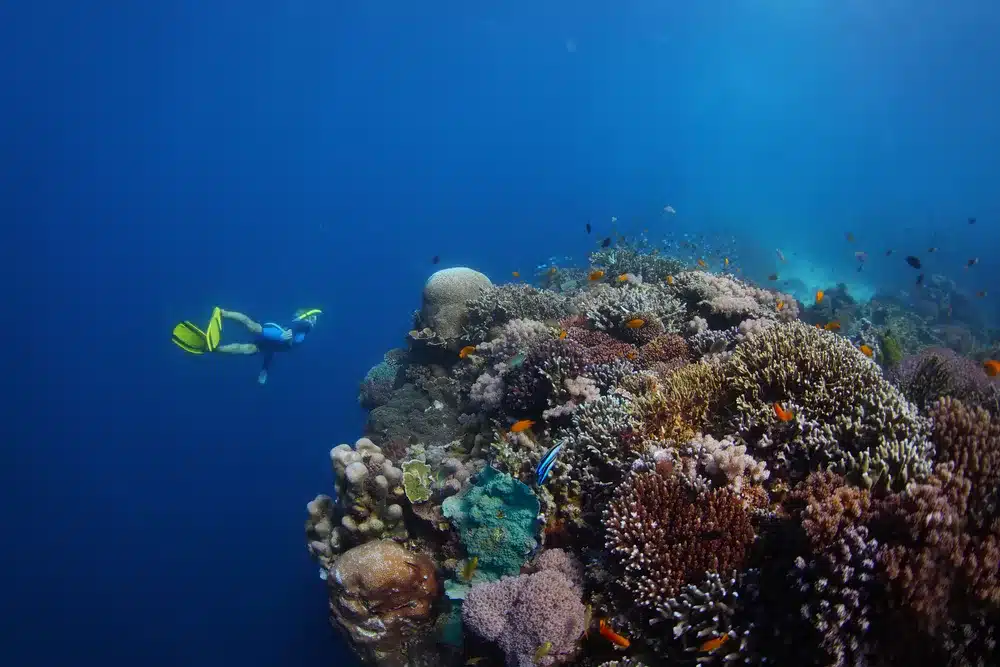
Young lady freediver exploring vivid coral reefs in a tropical sea. Philippines, Balikasag island
Great Astrolabe Reef, Fiji:
This coral reef is known for its colorful corals and various species of fish. The reef is about 100 km long, making it the fourth-largest barrier reef in the world. The reef boasts a variety of stunning hard coral outer reef slopes in wonderous colors and steep soft coral drop-offs.

Belize Barrier Reef, Belize: One of the largest coral reefs in the Northern Hemisphere and a UNESCO World Heritage Site.
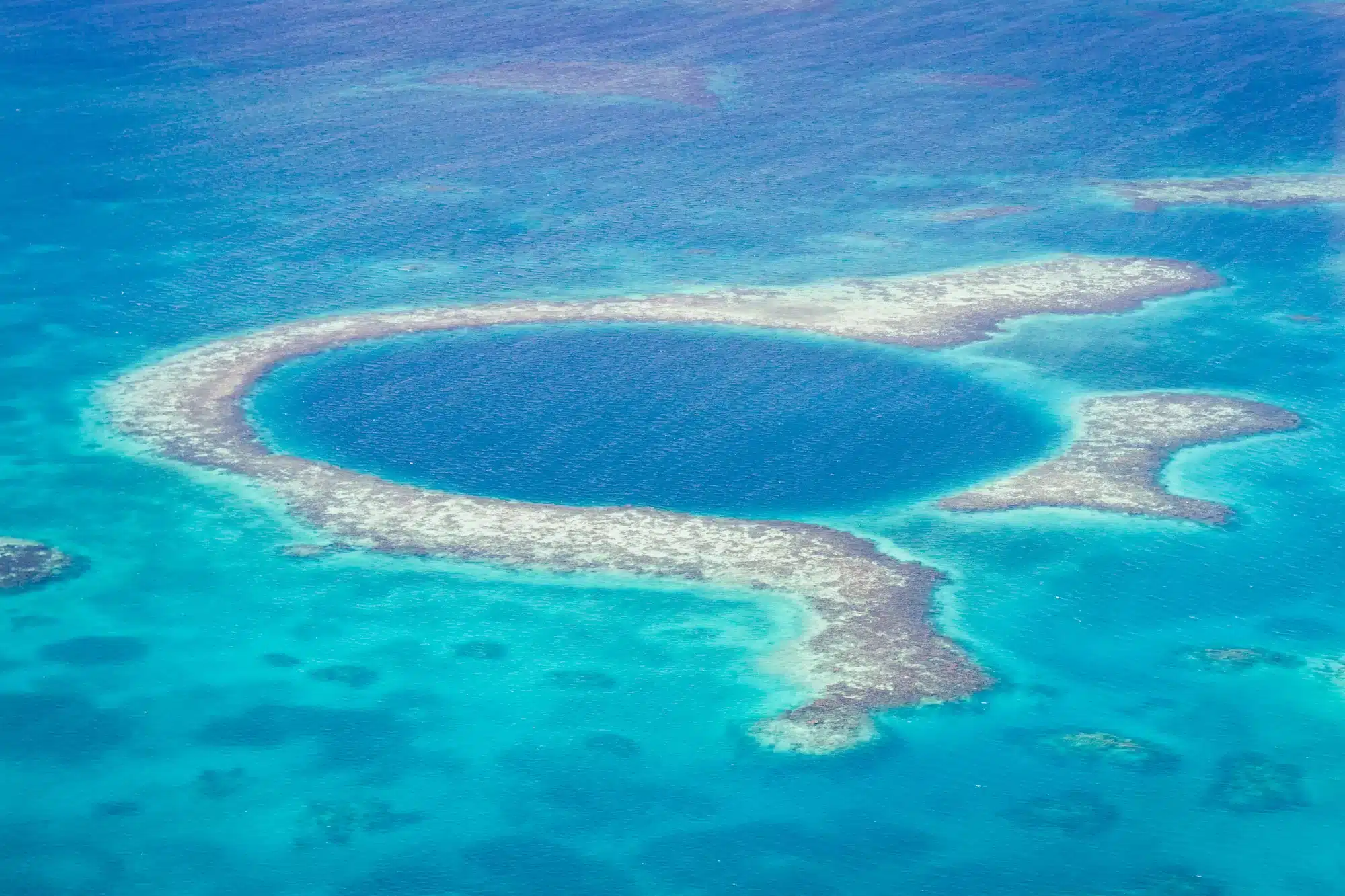
The great blue lagune med stor dybde og en udfordring for gode dykkere
Andaman Reef, India: It includes coral reefs around Andaman and Nicobar Islands and it is known for its pristine beauty.
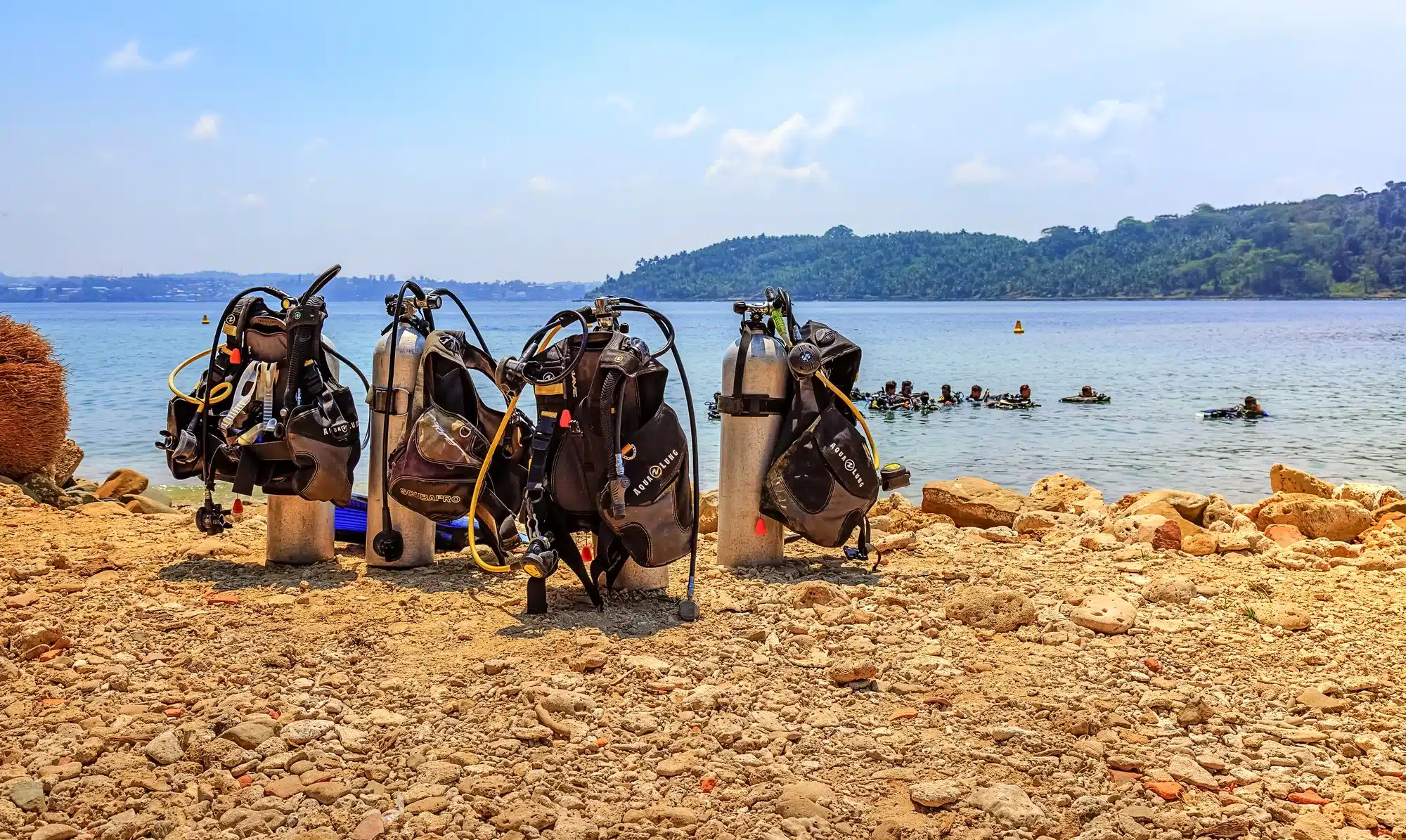
Dykkerudstyr på kysten ved North Bay island Andaman med udsigt over havet med dykkere. — Indien
Kimbe Bay is a UNESCO World Heritage Site located in the West New Britain Province of Papua New Guinea. It is home to an incredibly diverse coral reef ecosystem, with over 1,500 species of fish and 600 species of coral. The bay is also home to a number of marine mammals, including dugongs, dolphins, and turtles.
Kimbe Bay is a popular destination for scuba diving and snorkeling. The clear waters and abundant marine life make it a great place to see the wonders of the underwater world. Some of the most popular dive sites in Kimbe Bay include:
- The Black Hole: This deep dive site is home to a large number of sharks, including blacktip reef sharks, grey reef sharks, and whitetip reef sharks.
Maldives: The Maldives is an island nation with many beautiful coral reefs and dazzling turquoise waters.
There is no cuttlefish with 10 arms. Cuttlefish have 8 arms and 2 tentacles. The only cephalopod with 10 limbs is the vampire squid, which has 8 arms and 2 feeding tentacles. Vampire squid live in the deep ocean, at depths of 600 to 4,000 meters (2,000 to 13,000 feet). They are about 12 centimeters (5 inches) long.
The largest cuttlefish species is the giant cuttlefish (Sepiapupeda maxima). Giant cuttlefish can grow to be up to 6 feet (2 meters) long and weigh up to 110 pounds (50 kilograms). They live in the waters around Australia, New Zealand, and Indonesia.
The smallest cuttlefish species is the pygmy cuttlefish (Idioteuthis pygmaea). Pygmy cuttlefish can grow to be only about 2 centimeters (0.8 inches) long. They live in the waters around Japan and Indonesia.
Best places to dive in the Maldives?
The Maldives is a great place to go diving, with clear waters, abundant marine life, and a variety of dive sites to choose from. Here are some of the best places to dive in the Maldives:
Hanifaru Bay: This bay is famous for its manta rays, which gather here in large numbers during the monsoon season (May to November).
Maaya Thila: This pinnacle is home to a variety of marine life, including sharks, rays, and turtles.
Kandooma Thila: This thila (coral reef) is a popular spot for drift diving, with plenty of fish and coral to see.
Alimatha Jetty: This jetty is a great place to see fish, turtles, and rays, as well as the occasional shark.
Banana Reef: This reef is home to a variety of hard and soft corals, as well as a variety of fish.
No matter what your level of experience or interests, you’re sure to find a great dive site in the Maldives.
If you’re looking for a more challenging dive, you can try diving at one of the atolls further south, such as Ari Atoll or Vaavu Atoll. These atolls are home to deeper reefs and more challenging currents.
If you’re a beginner diver, you’ll want to choose a dive site that is shallow and has good visibility. Some good beginner dive sites in the Maldives include:
Filitheyo Island: This island has a number of shallow reefs that are perfect for beginners.
Kuredu Island: This island has a house reef that is perfect for beginners.
Maduvvari Island: This island has a number of shallow reefs that are perfect for beginners.
No matter what your experience level, you’re sure to have a great time diving in the Maldives. The clear waters, abundant marine life, and variety of dive sites make it a diver’s paradise.
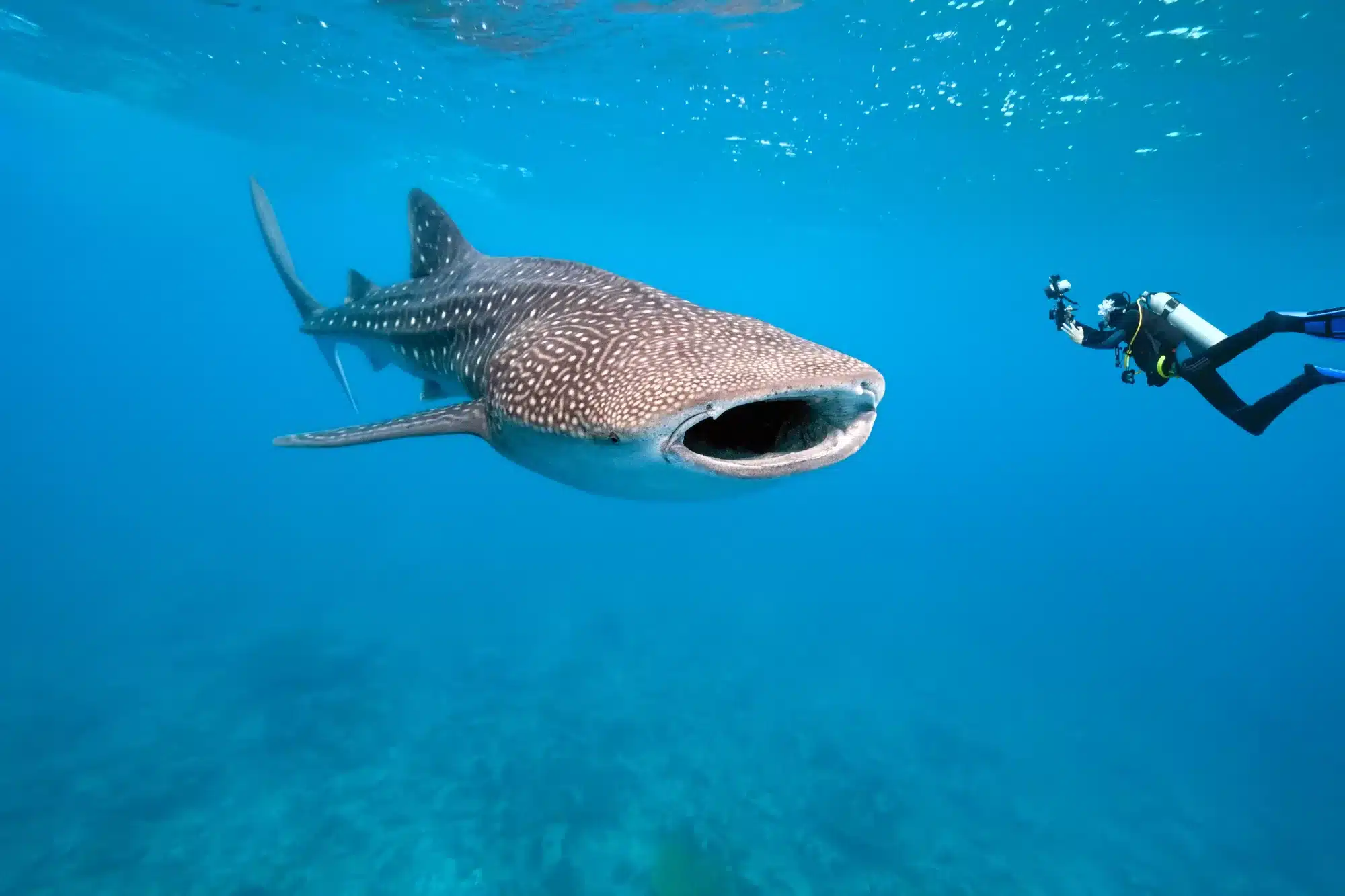
Hvalhaj og undervandsfotograf — Maldiverne
Komodo National Park, Indonesia: Best known for its famous Komodo dragons, this area is also home to a number of beautiful coral reefs.
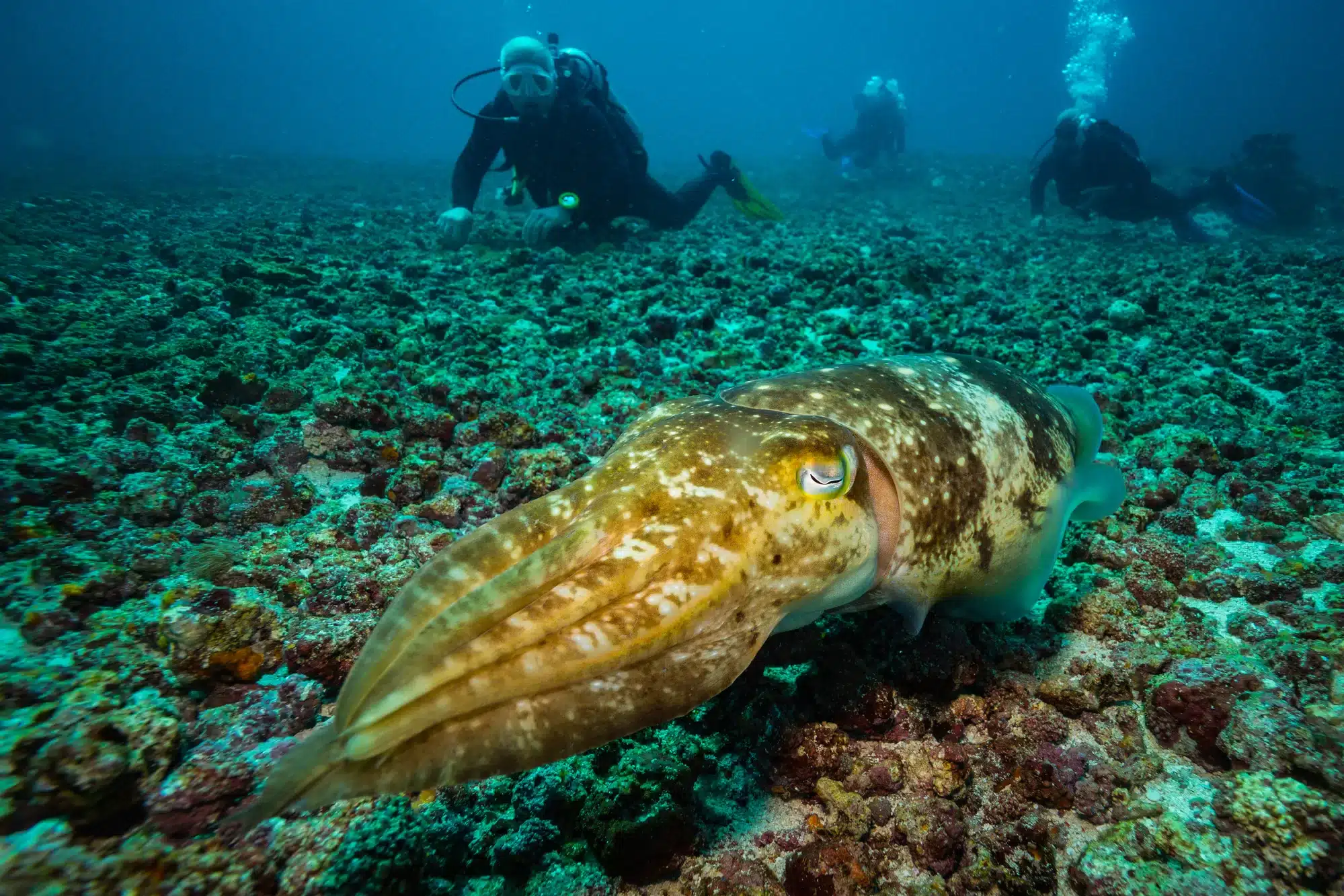
Cuttlefish with 8 arms and 2 tentacles on a reef in Komodo national park, around 50 kilos
Komodo National Park is a UNESCO World Heritage Site located in Indonesia. It is home to a variety of wildlife, including the Komodo dragon, the world’s largest lizard. The park is also home to a number of coral reefs, which are some of the most diverse in the world.
The diving in Komodo National Park is world-class. The clear waters and abundant marine life make it a great place to see the wonders of the underwater world. Some of the most popular dive sites in Komodo National Park include:
- Gili Lawa Laut: This is a small island with a beautiful coral reef. It is a great place to see a variety of fish, including sharks, rays, and turtles.
Why are coral reefs so beautiful?
These coral reefs are breathtaking because of their incredible colors, past and diversity of marine life. The colorful corals, fish, sea turtles, sharks and other marine animals contribute to creating an enchanting underwater landscape. The clear water and the lush marine life create a unique and spectacular experience for divers and snorkelers.
How are the beautiful coral reefs preserved?
Conservation of coral reefs is essential to protect them from environmental threats such as climate change, pollution, overfishing and habitat destruction. Some of the necessary conservation measures include:
- Creation of protected areas and marine reserves.
- Monitoring and regulation of tourism and diving to minimize disruption.
- Restriction of fishing and use of sustainable fishing methods.
- Reduction of pollution and waste discharge into the sea.
- Awareness campaigns to educate the public about the importance of coral reefs and environmentally conscious practices.By taking these steps, we can help preserve and protect some of the world’s most beautiful and valuable coral reefs for future generations.
Apo Reef is often considered one of the most beautiful and impressive coral reefs in the world. It is located in the Philippines, specifically off the coast of the islands of Mindoro and Palawan. Apo Reef Natural Park is a UNESCO World Heritage Site and is known for its pristine waters, diverse marine life, and stunning coral formations.
However, it’s important to keep in mind that lists of the “most beautiful” reefs can vary based on different criteria, such as biodiversity, coral health, visibility, and overall diving or snorkeling experiences. Beauty is subjective and opinions may differ among divers, marine biologists and enthusiasts.
How endangered are the world’s coral reefs?
The world’s coral reefs are in significant danger, and many of them are endangered due to a number of environmental threats. Some of the main factors threatening coral reefs include:
Climate change: Rising ocean temperatures caused by climate change lead to coralization, where corals lose their symbiotic algae (zooxanthellae) that give them color and nutrients. If the corals do not recover their zooxanthellae, they may die.
Pollution: Pollution from land-based sources, including agriculture, industries, and sewage discharges, leads to increased sedimentation and nutrients in the water. This can suffocate the corals and lead to a decline in water quality.
Overfishing: Uncontrolled fishing can disrupt the ecological balance of coral reefs by removing important marine species that help ensure health and stability.
Tourism: Uncontrolled tourism, especially unsafe diving practices and destruction of the corals, can have a detrimental effect on coral reefs.
Destruction of habitats:
Coastal development, port construction, and other human-made activities can destroy or destroy the natural habitats of coral reefs.
Future prospects for coral reefs are worrying. If the current threats are not tackled effectively, many coral reefs in the world may be in danger of disappearing within the coming decades. Coral formation caused by rising ocean temperatures has become frequent.
Relevant links for Coral reefs
Red Great Barrier Reef in Australia
Apo is a South Asian gem and breathtaking coral reef
What is green or sustainable tourism




